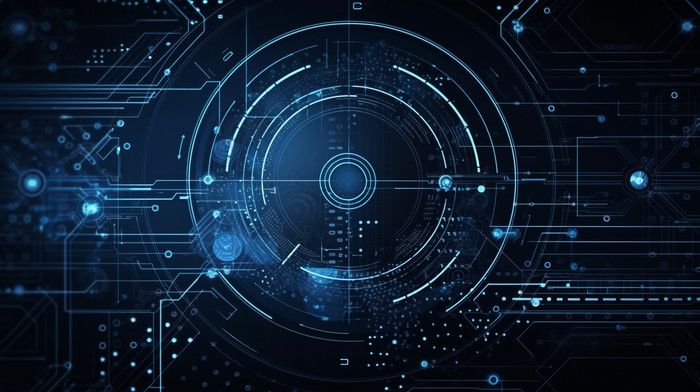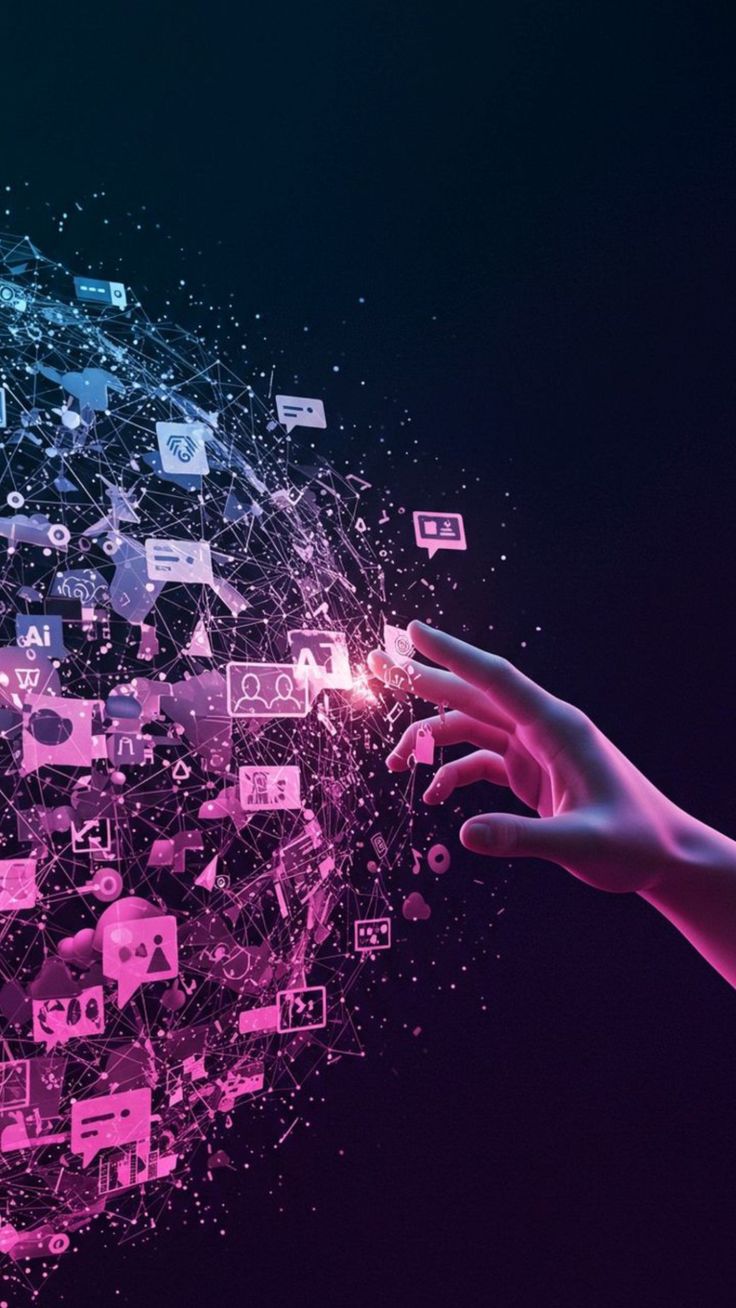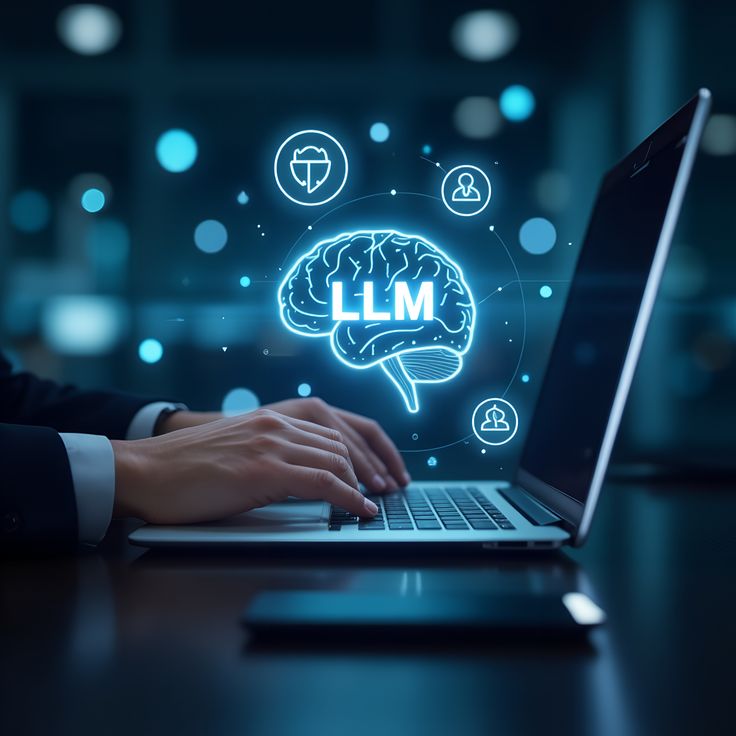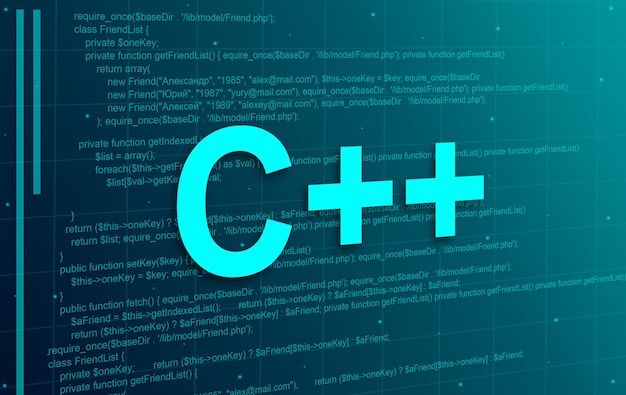PATIENT CENTRICITY AND CARE EXCELLENCE WITH DIGITAL HEALTH SOLUTIONS
The AI Shift: From Creation to Protection
When most people hear Generative AI, they think of chatbots writing essays, image models creating art, or AI tools generating code.
But there’s another side to Gen AI that’s gaining momentum — its role in protecting sensitive data. In today’s hyper-connected world, data breaches are no longer “if” events; they’re “when.” And traditional defenses often struggle to keep pace with increasingly sophisticated attacks.
Generative AI brings something new to the table: context-aware, adaptive security at machine speed.
Why Traditional Data Security is Struggling
- Too much data, too little time — Human teams can’t manually review the millions of transactions, messages, and files flowing through systems every day.
- Static rules can’t keep up — Attack patterns evolve quickly, bypassing fixed filters and signatures.
- Context is often missing — Legacy tools don’t always understand why an action is suspicious.
How Generative AI Secures Data
1. Identify – Know What’s at Risk
Before you can protect data, you need to know where it is and why it’s sensitive. Gen AI can:
- Auto-classify documents, emails, and code repositories based on sensitivity.
- Spot anomalies in data patterns (e.g., unusual access at odd hours).
- Recognize suspicious language in text — from phishing emails to insider leaks
Example: A financial institution uses a Gen AI-powered model to scan daily transactions. It flags a batch of payments with subtle language changes in invoice descriptions, preventing a fraudulent transfer.
2. Protect – Stop Breaches Before They Spread
Once the risks are known, Gen AI helps shield sensitive assets:
- Auto-redaction of Personally Identifiable Information (PII) in files before sharing.
- Dynamic access controls — permissions adapt in real-time based on user behavior.
- Content filtering for chat, code, and document uploads to prevent accidental leaks.
Example: In a global enterprise, Gen AI integrated into collaboration tools automatically removes PII from meeting transcripts before they are saved to shared folders.
3. Respond – Fast, Informed, and Automated
When incidents do occur, speed matters. Gen AI can:
- Summarize security alerts and prioritize them based on potential impact.
- Suggest or trigger remediation steps — like revoking access, isolating accounts, or quarantining files.
- Generate detailed incident reports for compliance teams.
Example: During a suspected data exfiltration event, Gen AI correlates logs from multiple systems, drafts an incident report, and recommends blocking an IP address — all within minutes.
The Security Edge of Generative AI
- Context Awareness – Goes beyond rules to understand the “why” behind activity.
- Scalability – Handles millions of events in real time.
- Adaptability – Learns and adjusts to new threats without waiting for manual updates.
Balancing Power with Responsibility
Generative AI is not a silver bullet. It must be deployed with strong governance, ethical guidelines, and transparency. AI security tools need to be monitored for accuracy, fairness, and compliance to avoid false positives or privacy overreach.
Key Takeaway
Generative AI isn’t just shaping the future of what we create — it’s revolutionizing how we protect. By combining creativity with vigilance, Gen AI turns from an innovative assistant into a vigilant guardian of data.
In a threat landscape that never stops evolving, this dual capability could make the difference between a minor scare and a headline-making breach.





